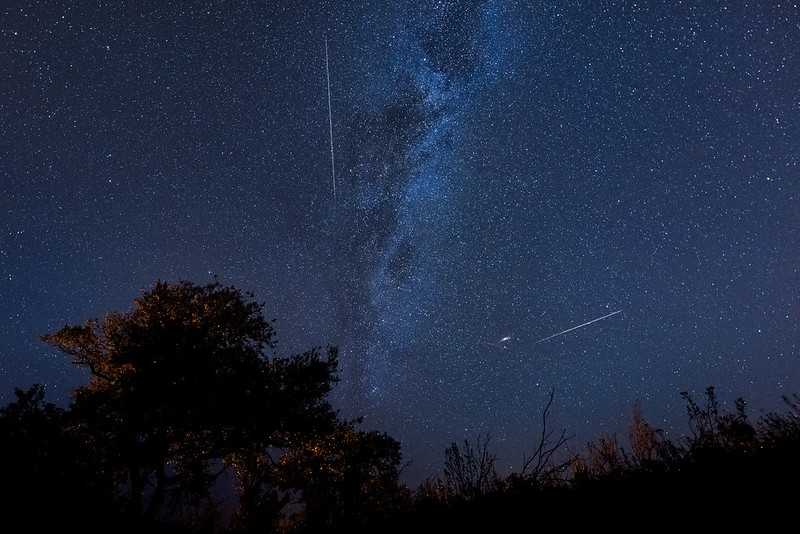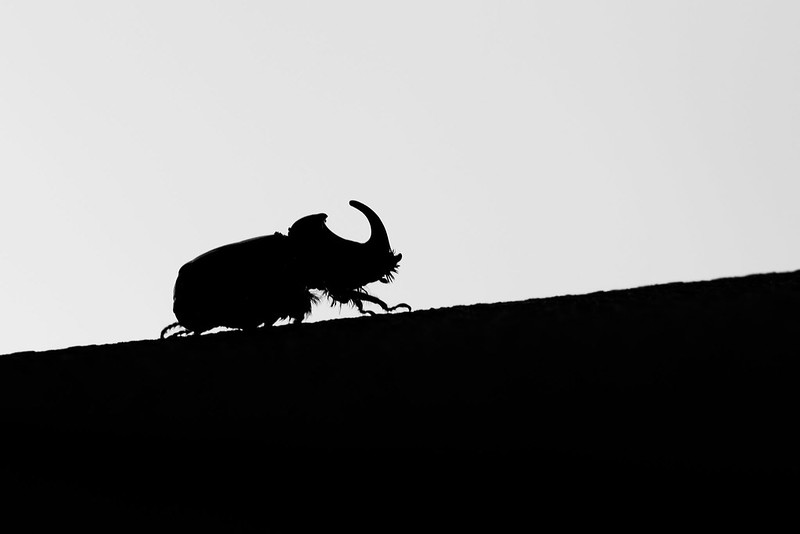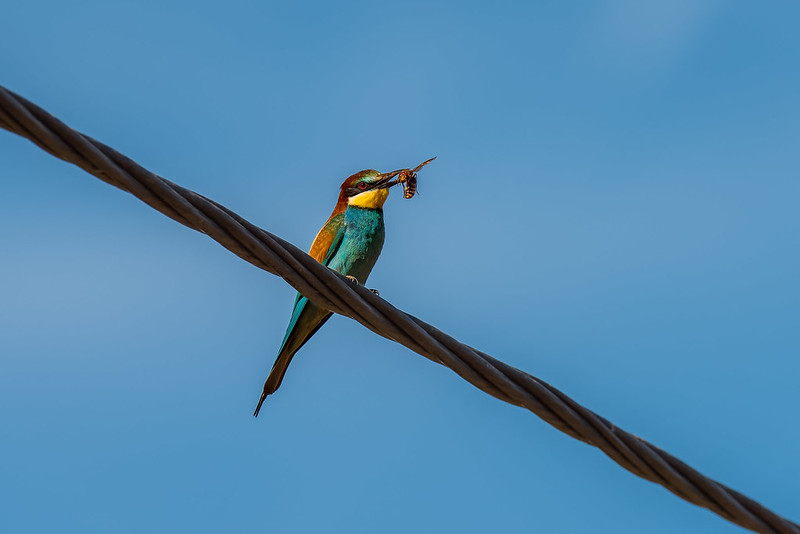The Perseids Meteor Shower is a yearly event in August as the Earth travels through the dust left behind by the Comet Swift-Tuttle as it orbits the Earth.
This year, the peak time was 1am on the 13th August, however, the bright Moon in the sky was going to wash out most of the visible Meteors and make photography a little tricky. Therefore, I decided to set the camera up and point North East towards the Perseus Constellation (where the shower gains it’s name) before Moon rise to capture some of the early starters.
The image below is the best of the bunch. If you look closely, you can actually see 3 Meteors that burnt up within this 20 second exposure. It’s amazing to think that these bright “shooting stars” are dust the size of a grain of sand!
What I love about this shot is not only is the Milky Way clearly evident, but also the Andromeda Galaxy is showing herself off too!
{Click image for a higher resolution, click Flickr Link in caption to view photo on Flickr}




